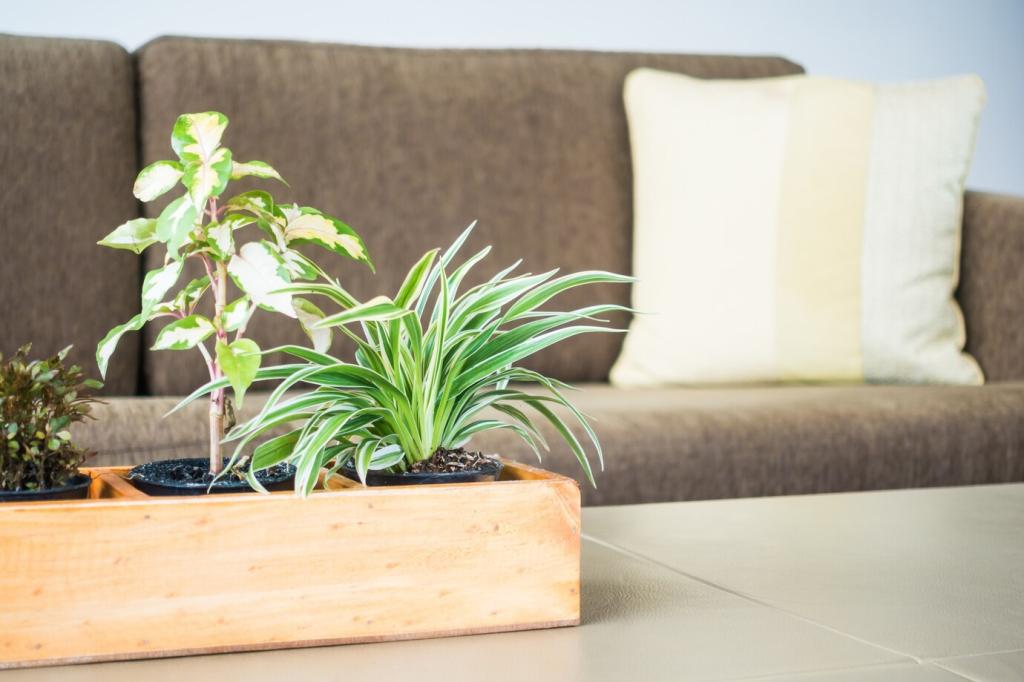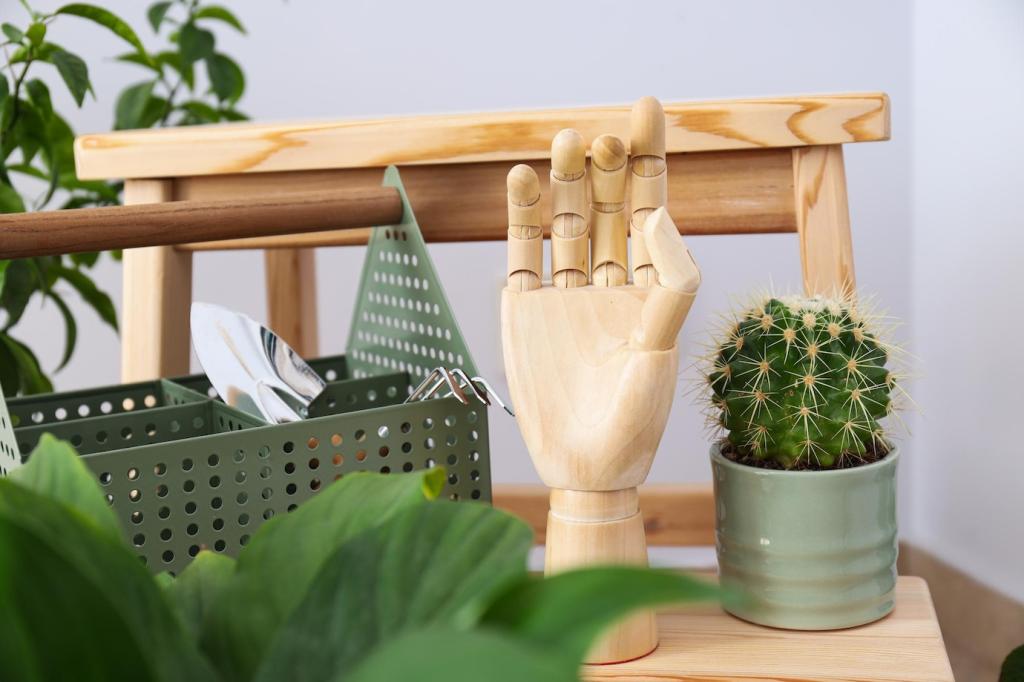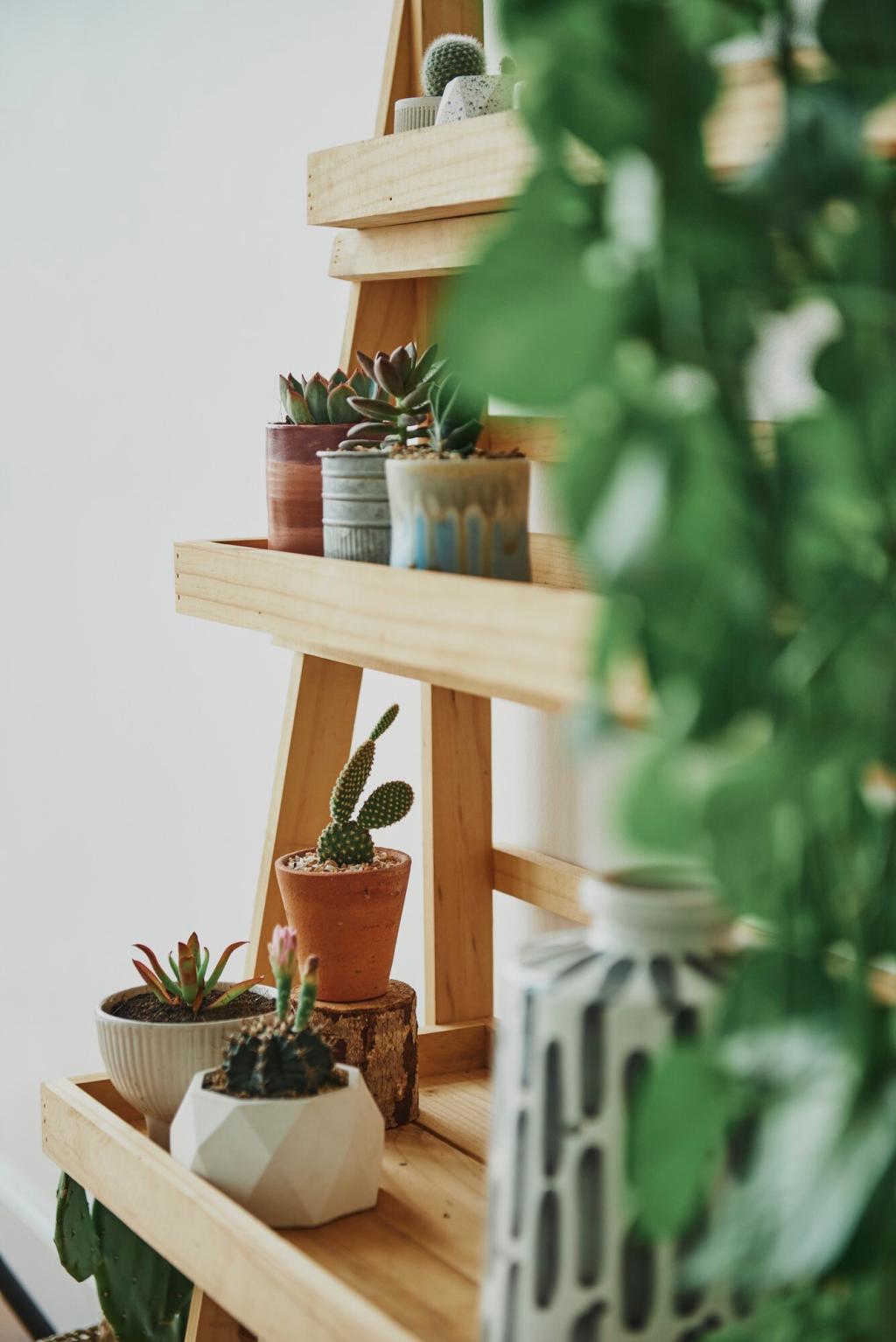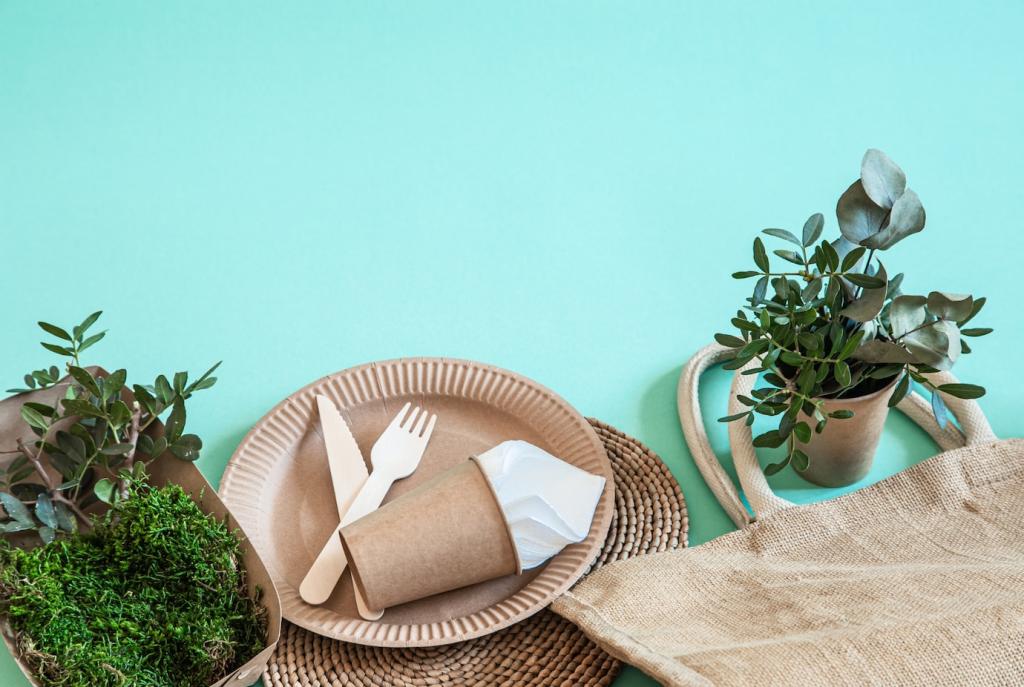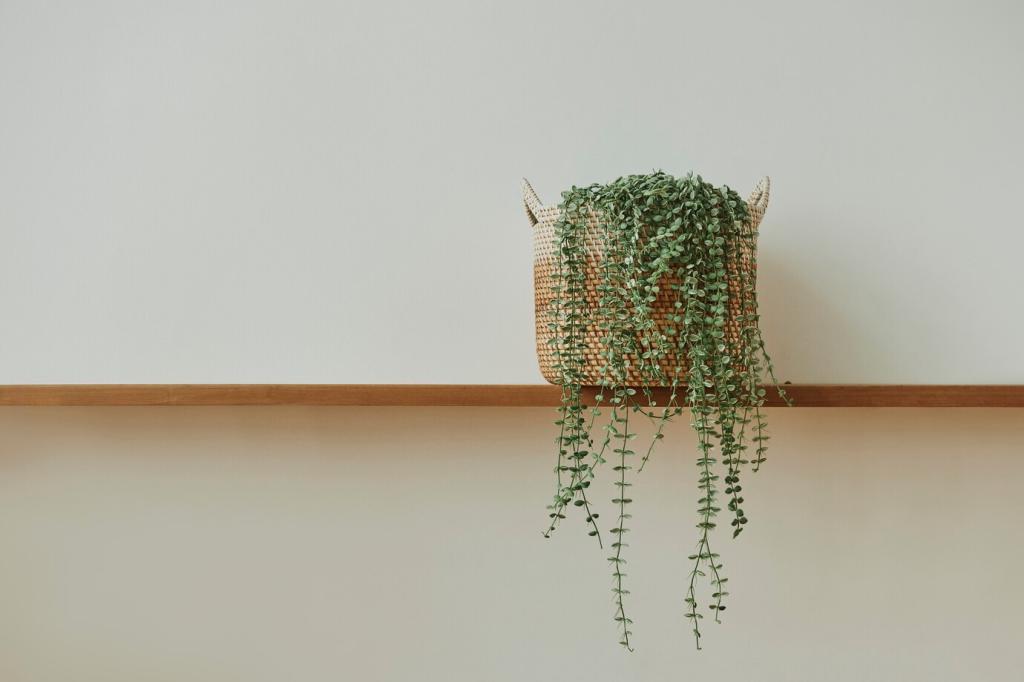Applications: Floors, Walls, and Ceilings
Click-together cork planks install quickly over flat subfloors and bring instant warmth to living rooms and home offices. Underneath, integrated underlayment cushions steps and reduces impact noise. Share your floor plan, and we can outline plank directions for visual flow.
Applications: Floors, Walls, and Ceilings
For studios, kitchens, and kids’ rooms, cork wall panels capture notes while absorbing sound. Choose thicker panels for better acoustics and a pleasing tactile feel. If you collect postcards or sketches, show us your wall and we will suggest a modular layout.
Applications: Floors, Walls, and Ceilings
Lightweight cork ceiling tiles and clouds tame flutter echo in dining areas and corridors without heavy visual mass. Their texture adds warmth where ceilings feel stark. Ask about mounting options, and subscribe for our forthcoming step-by-step, renter-friendly installation guide.
Applications: Floors, Walls, and Ceilings
Lorem ipsum dolor sit amet, consectetur adipiscing elit. Ut elit tellus, luctus nec ullamcorper mattis, pulvinar dapibus leo.

